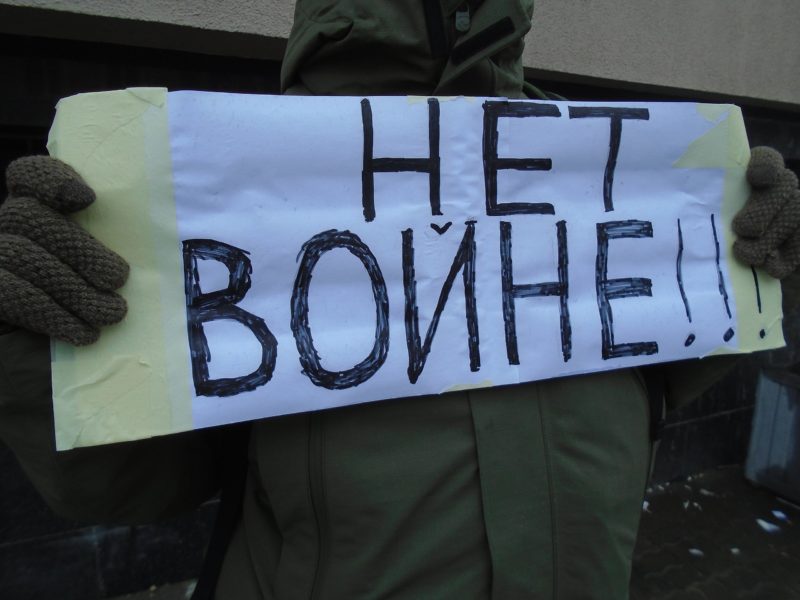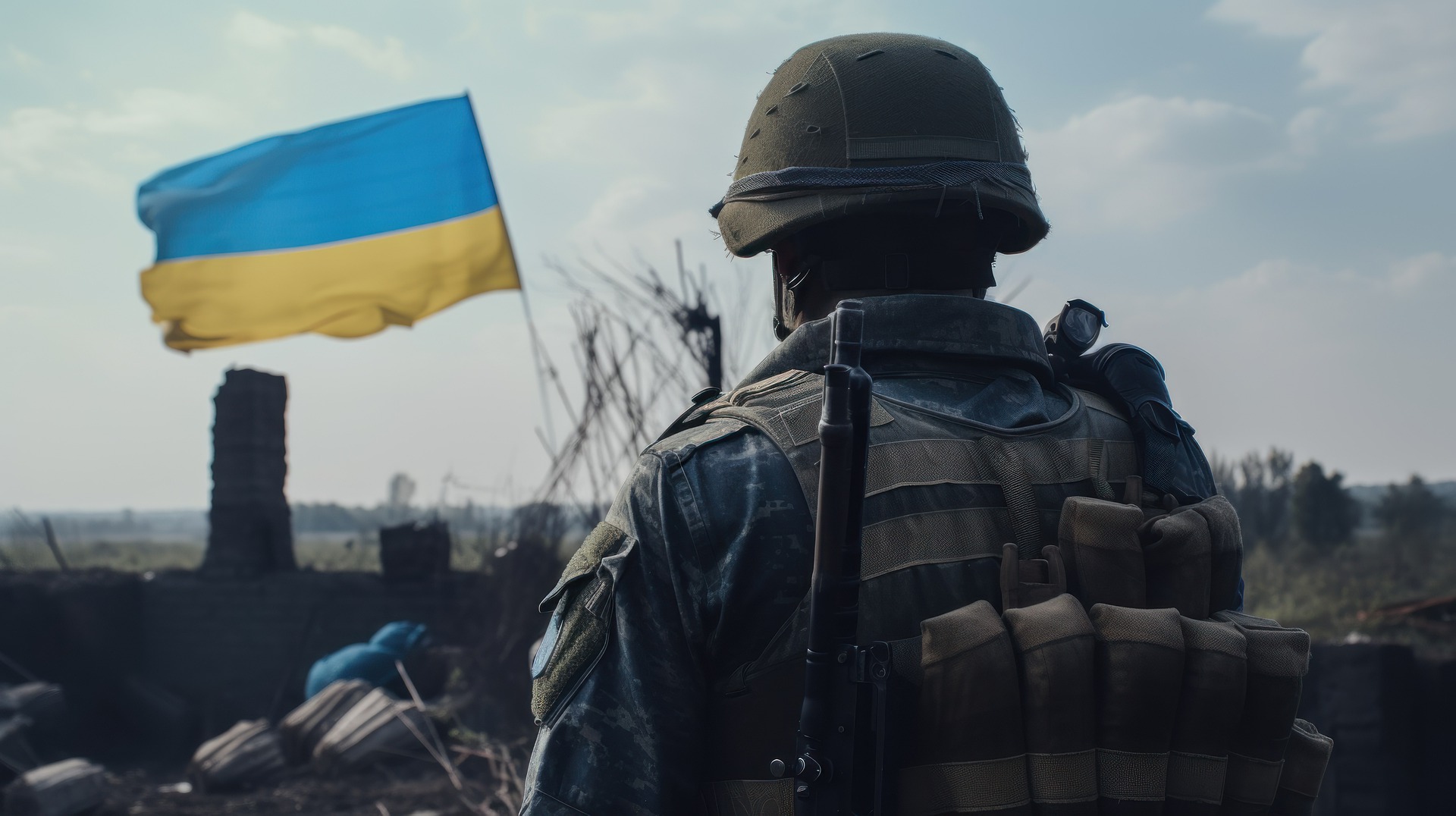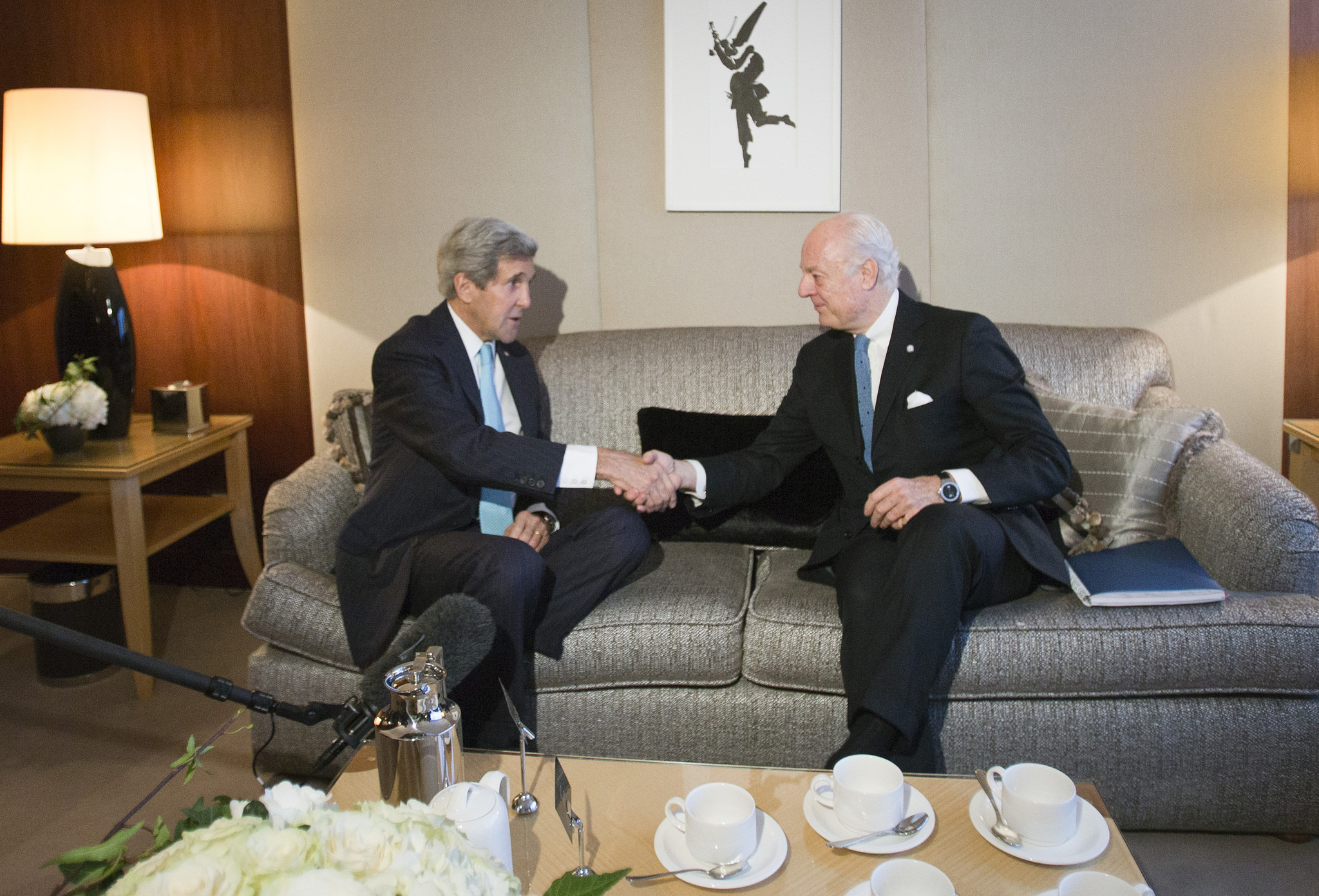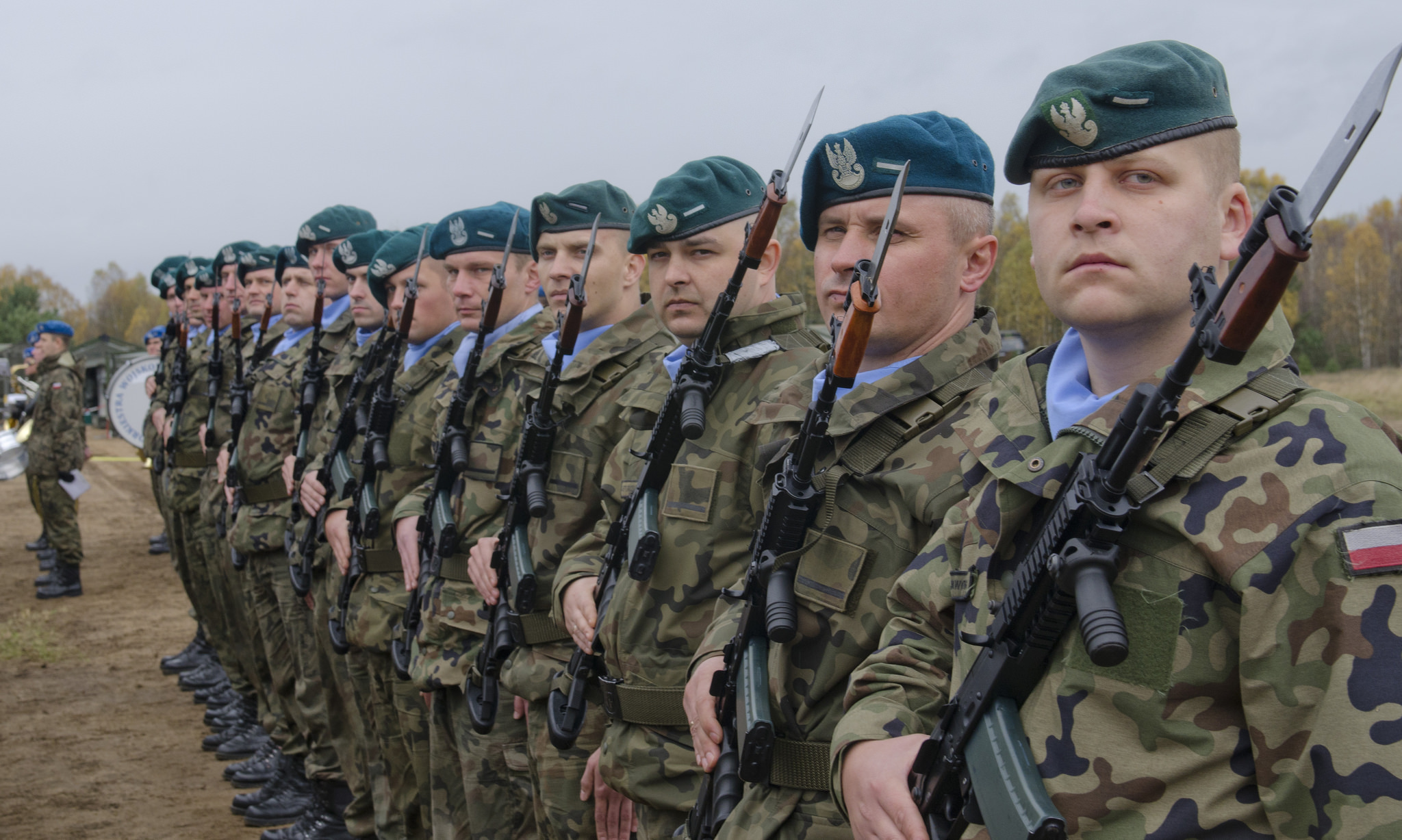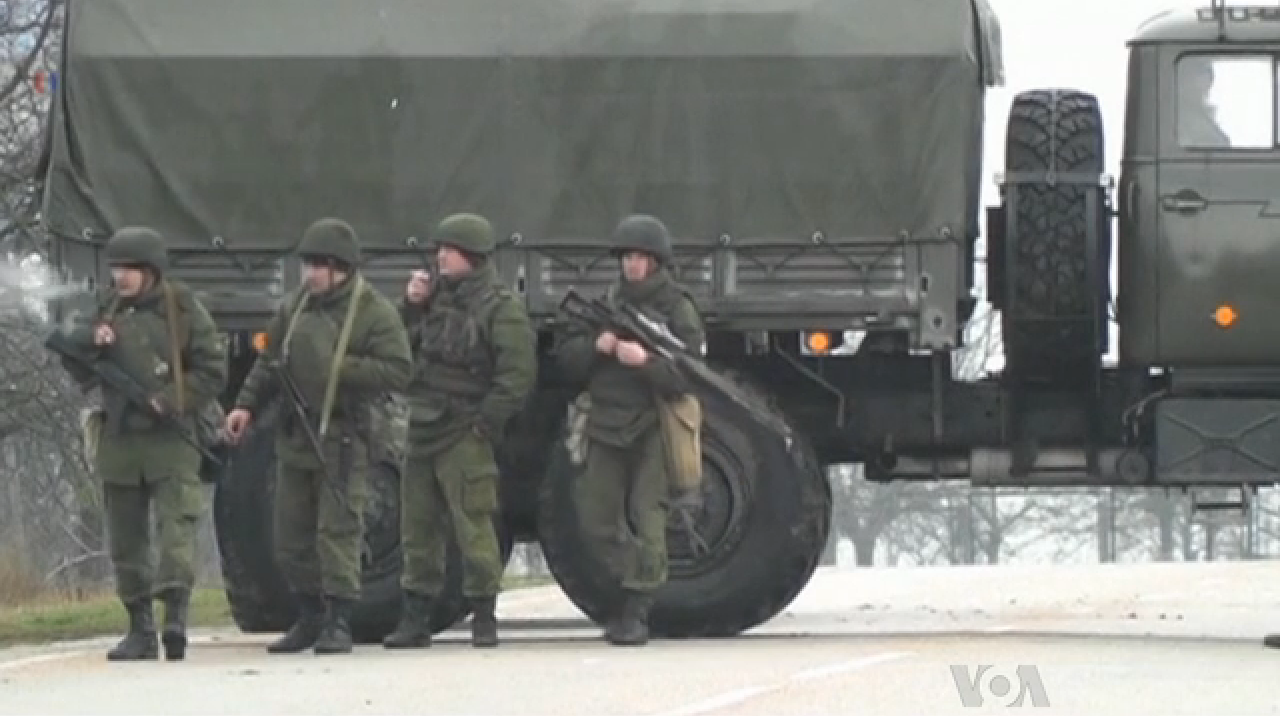By Isak Svensson and guest contributor Sebastian van Baalen
Much focus in the current debate on reversing Putin’s invasion of Ukraine focuses on the military approach, such as Ukrainian military resistance, no-fly zones, closer NATO integration, and external arms support. Non-military forms of civil resistance against Russian military aggression receive much less attention. Yet, civil resistance against the Russian invasion can complement and enhance existing strategies in three ways.
First, a large and sustained nonviolent campaign against the war in Russia could put additional pressure on Putin to reverse the invasion. Nonviolent campaigns work when a large share of the population—at least 3.5 percent according to one study—refuse to collaborate with the regime and thereby undermine its economic, military, and economic power. Putin is fighting a two-front war, one against Ukraine, and one against his own population. Opinion polls show that only 8 percent of Russians supported war with Ukraine before the invasion, and since the invasion, many have participated in anti-war protests all over the country. These protests are yet to reach a critical mass, and almost 14,000 Russians have already been arrested for challenging the war. However, evidence from past nonviolent campaigns suggests that anti-regime protests can grow rapidly, especially if ordinary citizens believe that the government is responding with too much force. Research also shows that large nonviolent campaigns can sow division within the security forces, which can lead to loyalty shifts within military ranks and prompt military coups. Thus, as the massive economic sanctions wreak havoc on Russia’s economy and start affecting ordinary citizens, Putin has good reason to be worried.
Second, nonviolent campaigns in the democratic world can enable even more damaging sanctions against Russia. Western dependence on Russian oil and gas still constitutes a serious hurdle to hitting Putin where it hurts. Likewise, China plays an important role in helping Russia ease the effect of sanctions. Policymakers may change their minds, however, if citizens boycott the Western and Chinese business interests that prevent harsher sanctions, and signal that the electorate is willing to endure the negative fall-out of further sanctions. Large-scale protests against Russian aggression have already taken place around the world and gathered hundreds of thousands of participants. European environmental and democracy movements have now joined forces and are demanding that Europe break their dependence on Russian fossil fuels. For example, public outcry against multinationals Spotify, H&M, and IKEA were likely important in prompting them to close shop in Russia, and large demonstrations contributed to Switzerland’s historic decision to set aside its neutrality and freeze Russian assets in its banks. Nonviolent action in Western countries is not mere sign-posting. Popular movements, buyers’ boycotts, and strikes have played an important role in past efforts to depose or curtail authoritarian regimes, including in South Africa, Sudan, and Tunisia. Hence, sustained nonviolent action can help democratic leaders impose tighter sanctions on Russia.
Third, nonviolent resistance may come to play a key role in Ukraine’s defense against Russian aggression. Even if the Russian military defeats Ukraine’s military on the battlefield and installs a puppet government in parts of Ukraine, their ultimate control will still be uncertain. Civil resistance can make it difficult to control Ukraine, undermine attempts to assert power, and impose serious costs on the occupying power. US failures in Iraq and Afghanistan show that governments imposed from the outside desperately need popular support and obedience to remain viable and control territory. This dependence generates room for nonviolent resistance to make a decisive difference. Numerous examples remind us that civil resistance can undermine colonial oppression and foreign occupation, including teacher protests against Nazi indoctrination in Norwegian schools during World War II, Palestinian noncooperation with Israeli occupation of the West Bank, and the many brave actions that provoked the spectacular fall of the Soviet Union in Eastern Europe. Our own research shows that citizens can mobilize nonviolent resistance even under the harshest of circumstances, including against rebel groups and state armies fighting civil war. Nonviolent civilian action was a near-weekly feature during the Ivorian civil war. Civilians even found ways to resist under the notoriously brutal Islamic State in Syria and Iraq, both through large-scale protests, and through different forms of everyday resistance that chipped away at their state-building vision of a new Caliphate.
Civil resistance against the Russian invasion is already underway. International media has reported that Ukrainian civilians have formed human chains to stop advancing Russian tanks. Civilians have also replaced road signs to confuse the invaders, sometimes including the already legendary message “Go f*ck yourselves” on the road signs. Brave Ukrainians have even confronted Russian soldiers through protests and other expressions of anger. Engaging in these nonviolent actions in the midst of fighting carries enormous risks, but can also push the parties to resolve their differences, boost morale among those under attack, and rally foreign support. Nonviolent resistance could become even more important if Russia takes control over all or parts of Ukraine. Large protests in occupied Kherson are indicative of what could grow into widespread efforts to make occupied territories ungovernable. Russia seems to have counted on significant Ukrainian defection and side-switching, so civilian noncooperation can help further hamper logistics, administration, and intelligence gathering. Such actions also force Russian commanders to set aside more troops to govern occupied areas, which stretches their manpower.
It is unlikely that nonviolent resistance against Russian aggression by itself can stop Putin’s aggression. Nevertheless, existing scholarship suggests that nonviolent resistance has an important role to play in the weeks, months, and perhaps years to come. Civil society in Russia and Ukraine face unimaginable risks. Yet, past experience demonstrates that nonviolent campaigns can mobilize far more people than violent campaigns, are more likely to achieve their political goals, and can constitute a second front alongside violent resistance. Ukraine and the democratic world need all available means to fight Putin’s aggression. Nonviolent civil resistance is one of these means.
Sebastian van Baalen is an Assistant Professor at the Department of Peace and Conflict Research, Uppsala University. Isak Svensson is a Professor at the Department of Peace and Conflict Research, Uppsala University, and a permanent contributor at Political Violence At A Glance.

